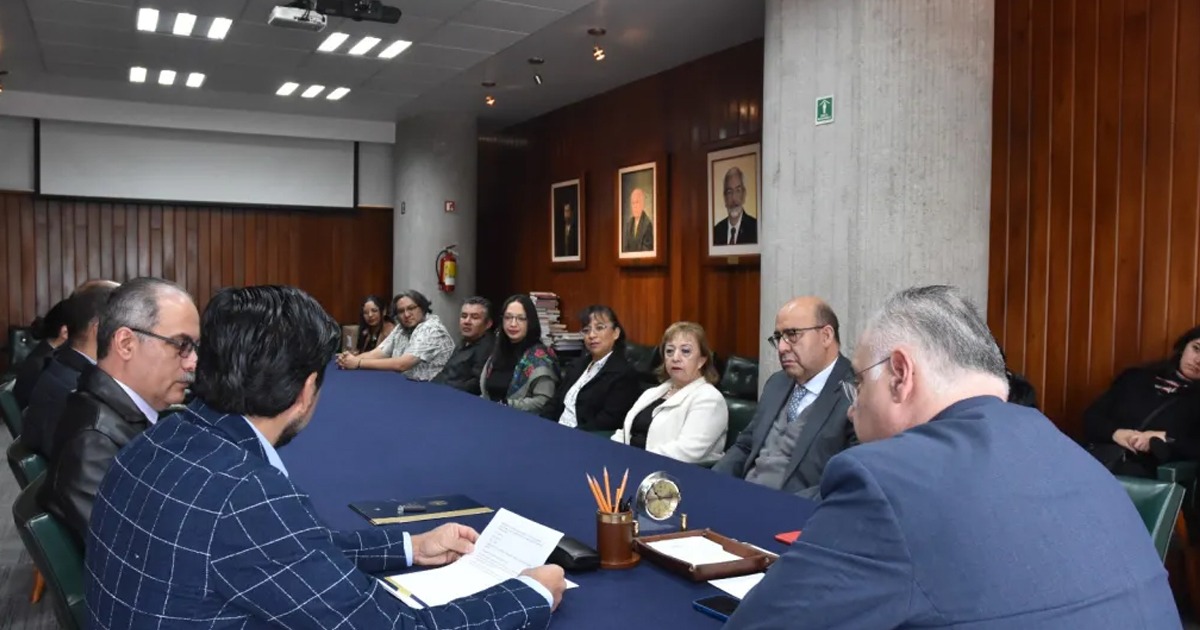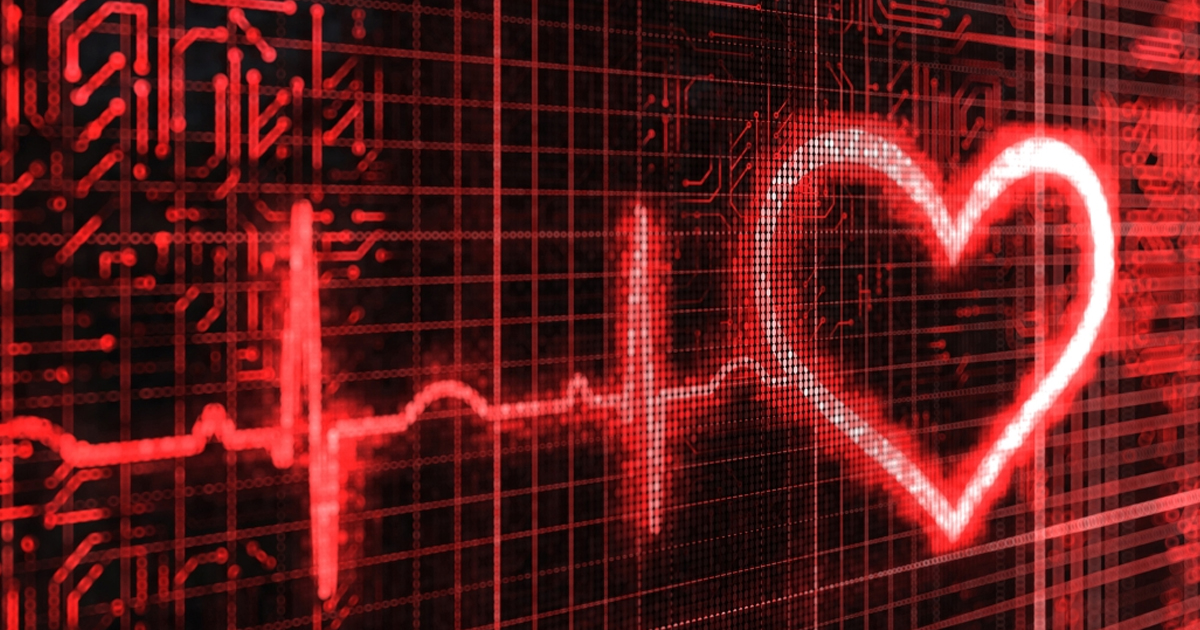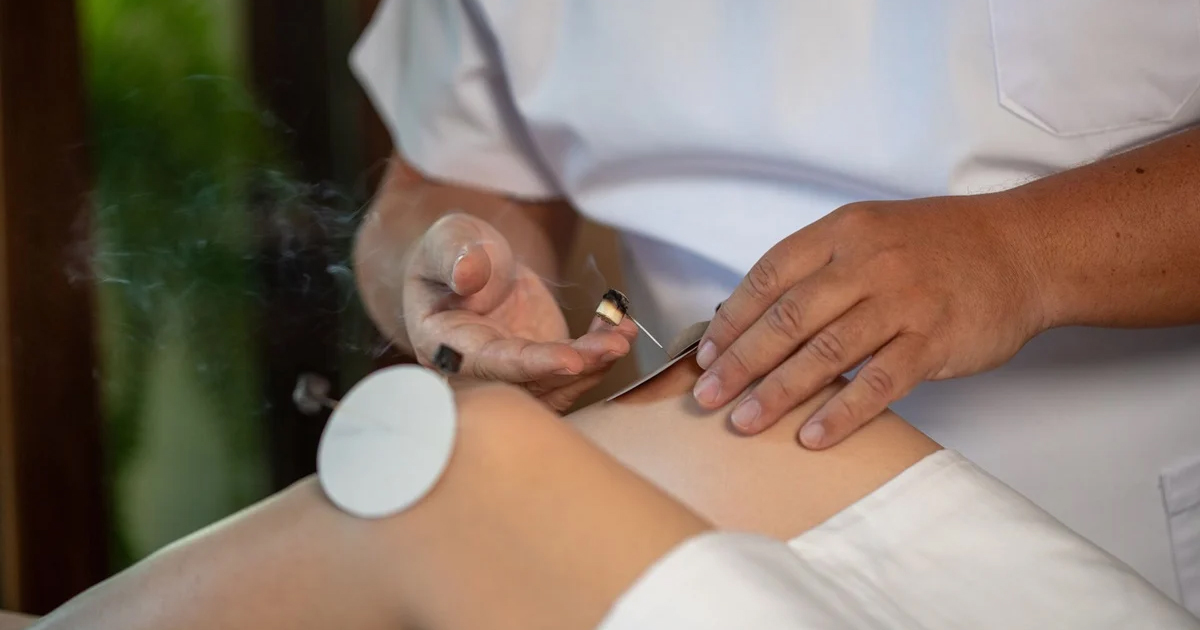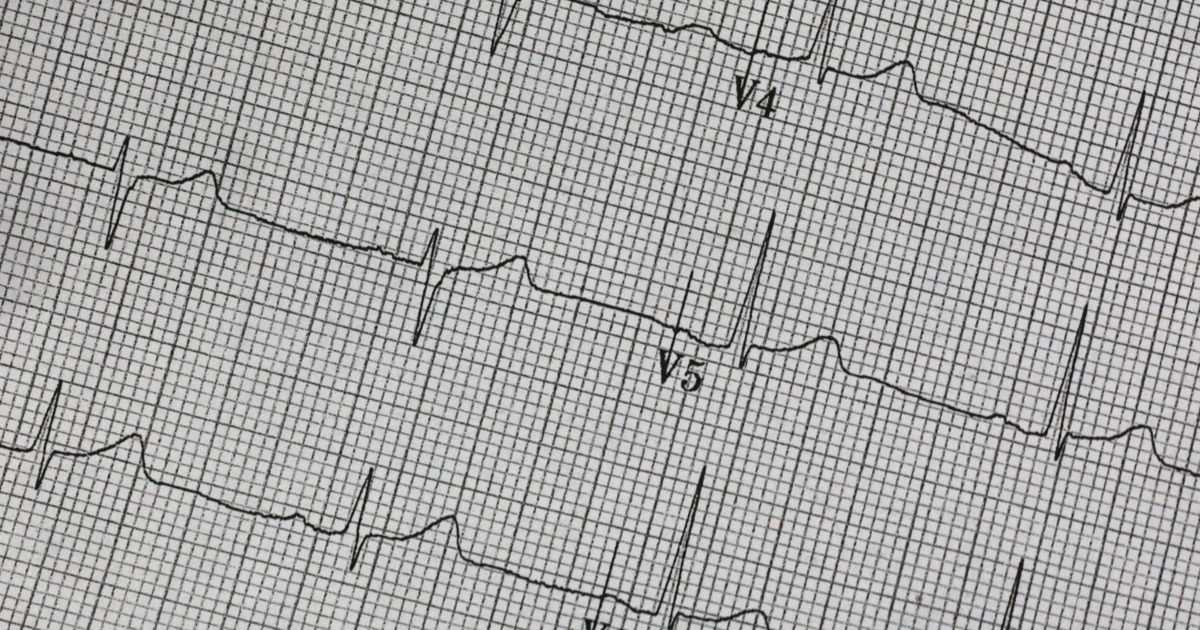Durante la última década, diversos estudios han explorado el uso de teléfonos móviles inteligentes para medir la presión arterial y dar seguimiento a pacientes con hipertensión.
La hipertensión es una enfermedad cardiovascular que afecta a más de mil 200 millones de adultos de 30 a 79 años en el mundo. En este sentido, es un problema grave de salud pública a nivel mundial, lo que requiere la extensión de herramientas que favorezcan su diagnóstico y su seguimiento a través de la medición de la presión arterial.
Debido a que la hipertensión suele no presentar síntomas, la detección temprana es un gran desafío. Existen diversos métodos para controlar la hipertensión, como la monitorización invasiva de la presión arterial, o la no invasiva con apoyo de dispositivos, sin embargo, estos últimos no siempre son precisos.
El estudio “Medición de la presión arterial usando solo un teléfono inteligente”, presenta una revisión de artículos publicados desde noviembre 2011 a noviembre 2021 donde se analizan diversos enfoques que utilizan teléfonos inteligentes para la estimación de la presión arterial.
En dicho periodo de tiempo se identificaron 333 artículos publicados de los cuales los autores seleccionaron 25 artículos relevantes. Los artículos incluyeron enfoques como técnicas de procesamiento de señales, características extraídas de señales construidas o algoritmos para estimar la presión arterial.
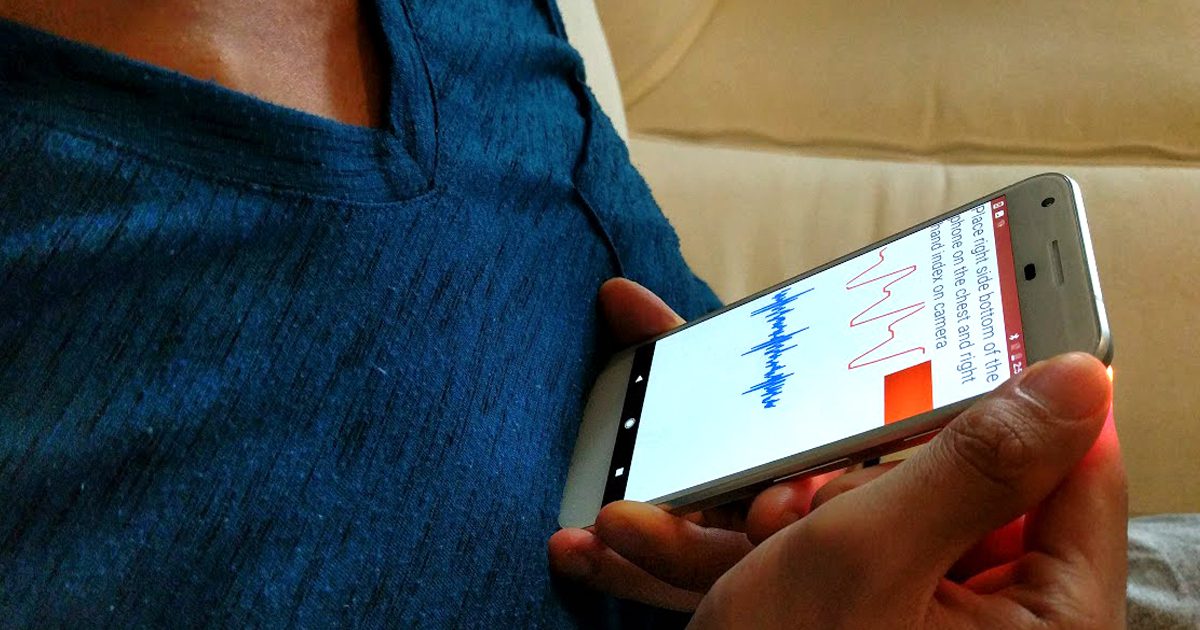
De hecho 23 artículos proponen un enfoque que requiere contacto directo entre el sensor y el paciente y otros dos artículos proponen un método de medición sin contacto, basado en videos faciales.
Uno de los métodos de contacto directo es la construcción de señales a través de una grabación de video de un dedo. Este método requiere que el sujeto coloque su dedo en la cámara del teléfono con la luz led encendida, de esta forma se extraen las imágenes del video y se evalúa el brillo medio de los pixeles en tres canales de color, rojo verde y azul
Por otra parte, el método de grabación de video facial, requiere una grabación de su tiempo determinado del rostro del paciente, y de igual forma se divide cada cuadro entre los tres canales de color, y se extraen las señales de concentración de hemoglobina.
El enfoque de construcción de señal de fono cardiograma y sismo cardiograma se realiza a través de registros de sonidos y vibraciones del corazón. Para ello se coloca el teléfono móvil a la altura del pecho y las vibraciones son medidas por medio del acelerómetro del teléfono móvil.
Conoce más detalle consultando la revisión completa en el siguiente enlace: https://www.nature.com/articles/s41746-022-00629-2


